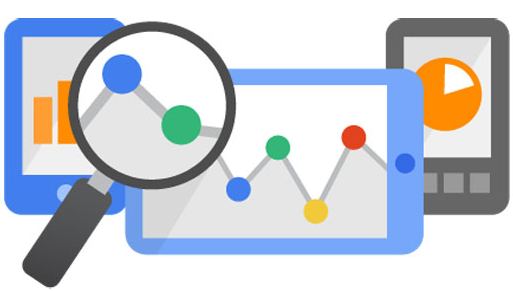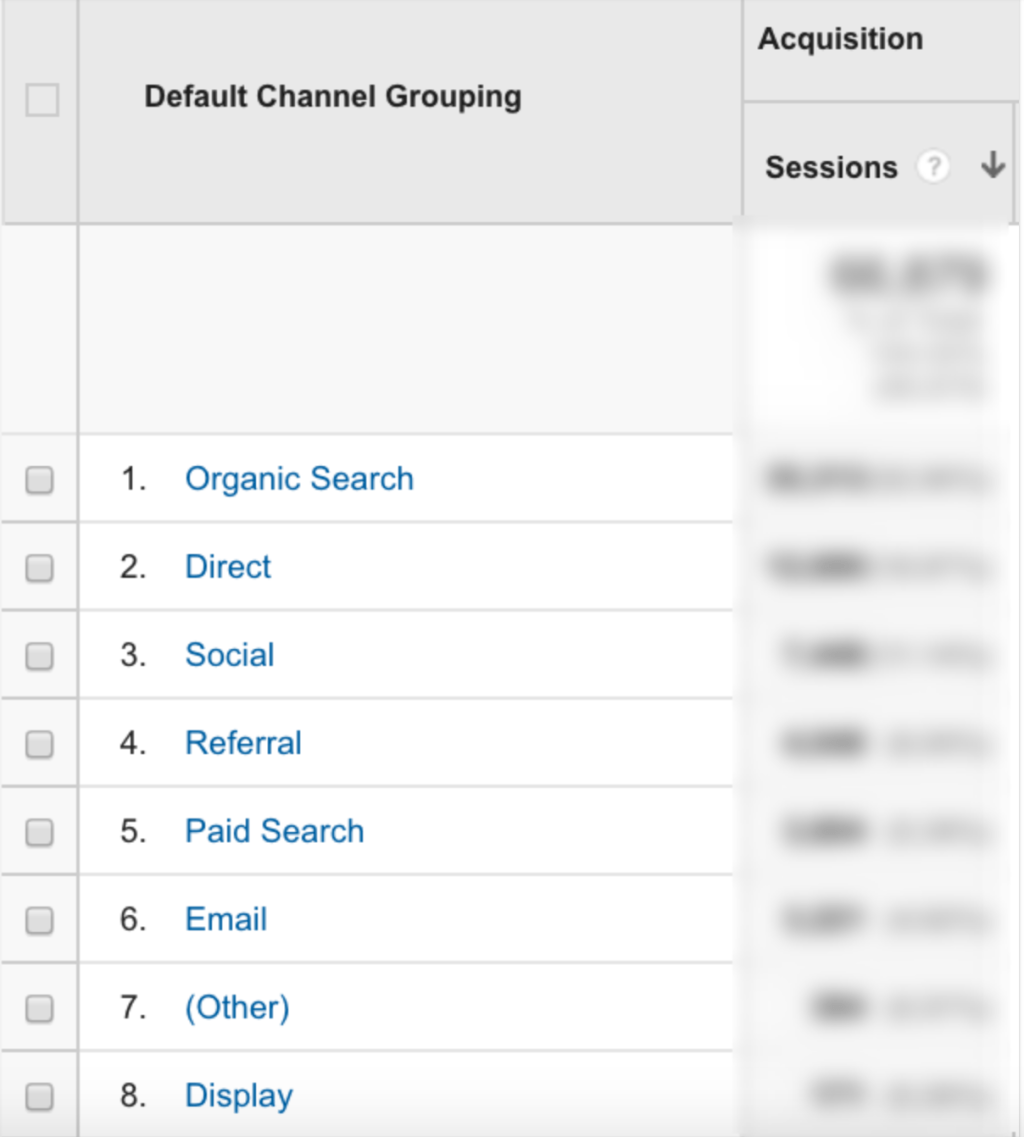
According to W3TECHS, Google Analytics is used by 55 percent of all websites and has a traffic analysis tool market share of 83 percent. More than half of those websites use GA as their only source of marketing data.
Google transformed the marketing industry. However, the introduction and widespread adoption of GA pushed marketers to change their focus from the strategy to the channel (this is a screenshot from an old client of mine back when I was a consultant):

Traditional marketing allocates activities based on the strategies that comprise the traditional Promotion Mix: direct marketing, advertising, personal selling, sales promotion and publicity. Google Analytics replaced those “buckets” with these entirely new ones: direct, organic search, social, referral, paid search, email and display.
However, that shift in assumption has led to poor marketing because almost any strategy can be executed over any channel — and it is strategies, not channels, that have associated best practices and deliver results.
Take “social media marketing,” a vague, useless phrase that refers to channels but not to any specific strategy:
-
Direct marketing campaigns (that are inaccurately called “advertising campaigns”) get direct responses from a specific set of people on social media based on their demographics and what they “like”
-
Advertising campaigns put paid media published by an identified sponsor in front of a mass audience on social media
-
Publicity campaigns gain mass exposure through earned or owned media that is spread on social media
-
Personal selling campaigns have salespeople contact prospects and leads over social media
-
Sales promotion campaigns circulate coupons, discounts and codes on social media to generate immediate sales
Each of these five things can be deemed “social media marketing” — but when a term means everything, it means nothing. The five traditional strategies have best practices, as well as times and places to use — and NOT to use — them within an overall marketing plan.
To ask “What is the ROI of social media?” makes as much sense as asking “What’s the ROI of the telephone?”
By not using and knowing the traditional terminology that the marketing industry uses for precise reasons, marketers are only hurting themselves and their own campaigns.
When one now looks at Google Analytics and sees the results, for example, in the “Social” bucket, it’s rarely clear which of these strategies and activities delivered which results. The same is true for almost all of the “buckets” that appear in online marketing analytics. The strategic activity matters more than the communications channel. The channel merely dictates the format of the marketing collateral and content that one creates within an overall strategy.
To ask “What is the ROI of social media?” makes as much sense as asking “What’s the ROI of the telephone?” Activities, not channels, generate ROI. But after Google Analytics and every other marketing platform defined “social media” and other channels as buckets, and therefore as marketing strategies, people have confused strategies and channels ever since.
The positive thing about GA is that we can know which channels tend to perform the best. The negative thing about GA is that we know less about which specific, overall strategies and activities over those channels lead the best results.

